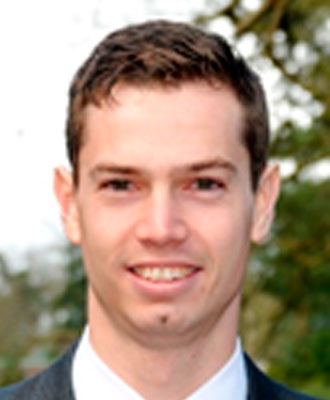To attend, please RSVP to epp@cseg.ca.
Unless we have exceeded the allowable number of people for the auditorium, we will not be replying to your email.
LunchBox Geophysics is free! Simply bring your own lunch (refreshments provided) and enjoy.
Abstract
Seismicity with moment magnitudes (Mw) of up to 4.1 has been observed since late 2013 close to the town of Fox Creek, Alberta (Canada). This induced seismicity has been correlated with hydraulic-fracturing operations in the area. This study analyses regional seismic data recorded from November 2015 to March 2016. During this period, seismic activity occurred within five main clusters located near distinct hydraulic-fracturing operations. Three of these clusters were short-lived, diminishing in intensity quickly after the end of operations; however, the remaining two exhibited unusual long-lived seismicity that continued beyond the treatment period and persisted for at least several months. The first cluster contained a Mw 4.1 induced event along a north-south fault. Despite the likelihood of an aftershock sequence, the persistence of the seismic swarm for many months after the mainshock is unusual for an event of that magnitude. The second cluster was even more swarm-like in character, lacking any mainshock event and containing no events with Mw ≥ 2.0. The swarm-like behavior resumed and intensified after the Mw 4.1 event in the first cluster that was ~17 km distant, suggesting possible delayed dynamic triggering of the swarm. This unusual behaviour can give clues to the driving mechanisms of induced seismicity in the region. As well as the regional data, microseismic data recorded for the two clusters is analysed to provide further insights. Two possible hypotheses for the generation of the swarms are proposed, and after a comparison with natural seismic swarms, a preferred model is identified.
Biography
Dr. Thomas Eyre is a postdoctoral fellow at the University of Calgary, funded through the Global Research Initiative in Sustainable Low Carbon Unconventional Resources and working with the Microseismic Industry Consortium. His current research focuses on induced seismicity caused by hydraulic fracturing, including source processes and the development of a new mitigation tool. He joined the group in June 2017. He obtained his PhD in Geophysics from University College Dublin, Ireland in 2014, where he conducted research on seismic sources in volcanic environments, before working at the University of Alberta as a post-doctoral fellow, where his research focused on seismic source inversion and applications to microseismicity in hydraulic fracturing environments.





